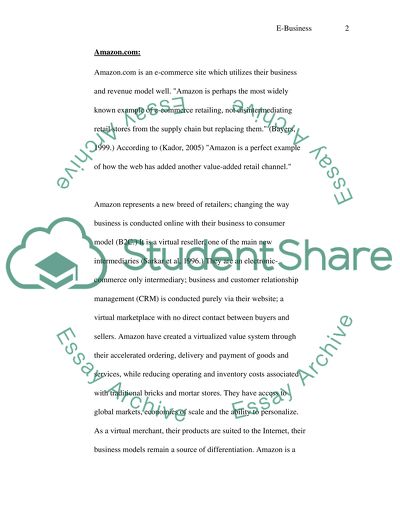Cite this document
(The E-Corporation: Amazon, Dell, E-Bay Case Study - 2, n.d.)
The E-Corporation: Amazon, Dell, E-Bay Case Study - 2. Retrieved from https://studentshare.org/e-commerce/1545816-e-business
The E-Corporation: Amazon, Dell, E-Bay Case Study - 2. Retrieved from https://studentshare.org/e-commerce/1545816-e-business
(The E-Corporation: Amazon, Dell, E-Bay Case Study - 2)
The E-Corporation: Amazon, Dell, E-Bay Case Study - 2. https://studentshare.org/e-commerce/1545816-e-business.
The E-Corporation: Amazon, Dell, E-Bay Case Study - 2. https://studentshare.org/e-commerce/1545816-e-business.
“The E-Corporation: Amazon, Dell, E-Bay Case Study - 2”. https://studentshare.org/e-commerce/1545816-e-business.


